How to update the Yoast SEO free plugin
After you’ve installed Yoast SEO free, you want to update your plugin regularly to use all the newest features! In this article, we’ll explain several ways that you can update your Yoast SEO plugin. We’ll show you how to enable the auto-update as well as different ways to manually update.

Free or Premium?
Want to update your Yoast SEO Premium plugin, or any of your other paid Yoast SEO products? Use the How to update the Yoast SEO Premium plugin instructions instead!
How to enable auto-updates for the Yoast SEO plugin
Since WordPress version 5.5, you can enable auto-updates for all your plugins and themes. This means that your plugins will be updated when a new version has been released. Follow the steps below if you want to enable automatic updates for Yoast SEO.
- Log in to your WordPress website
When you log in, you will be in your Dashboard. - Go to Plugins
You are now in the Plugins menu.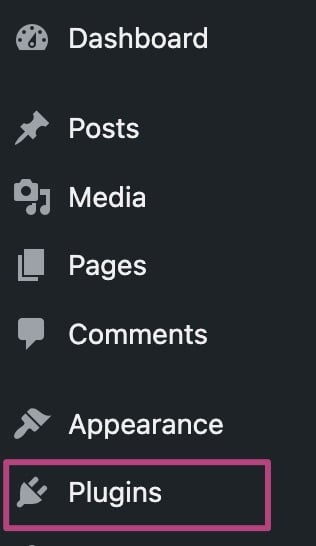
- In the Plugins menu, click Enable auto-updates for Yoast SEO
At the right side of the page, click Enable auto-updates for Yoast SEO.
- Your Yoast SEO plugins will now receive automatic updates
You will receive automatic updates on your dashboard when your plugins are updated.
How to manually update the Yoast SEO plugin by using the Plugins overview
If you want to control when you update your Yoast SEO plugin, you can leave the auto-updates disabled and manually update all your plugins. Follow the steps below to update your plugin via the Plugins overview
- Log in to your WordPress website
When you log in, you will be in your Dashboard.
- Go to Plugins
You are now in the Plugins menu.

- If you want to update all plugins, select Update under Bulk actions
In the top-left corner, click the drop-down menu to select Update. Click Apply to start updating all your plugins.
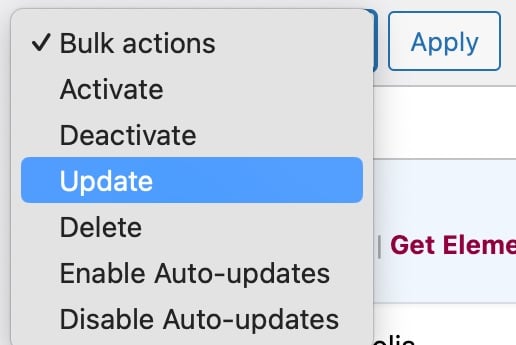
- If you want to update specific plugins, scroll to that plugin and click update now
You can choose what individual plugins you want to update.

How to manually update the Yoast SEO plugin by using the Updates overview
If you want to control when you update your Yoast SEO plugins, you can leave the auto-updates disabled and manually update all your plugins. Follow the steps below to update your plugins, as well as themes and WordPress versions via the Updates overview
- Log in to your WordPress website
When you log in, you will be in your Dashboard. - Go to Updates under Home
You are now in the Updates menu.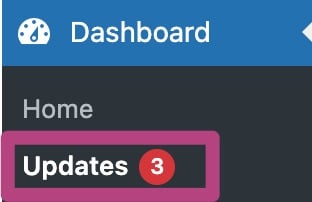
- Select what versions, Plugins and Themes you want to update
You can choose Select All or only install specific updates.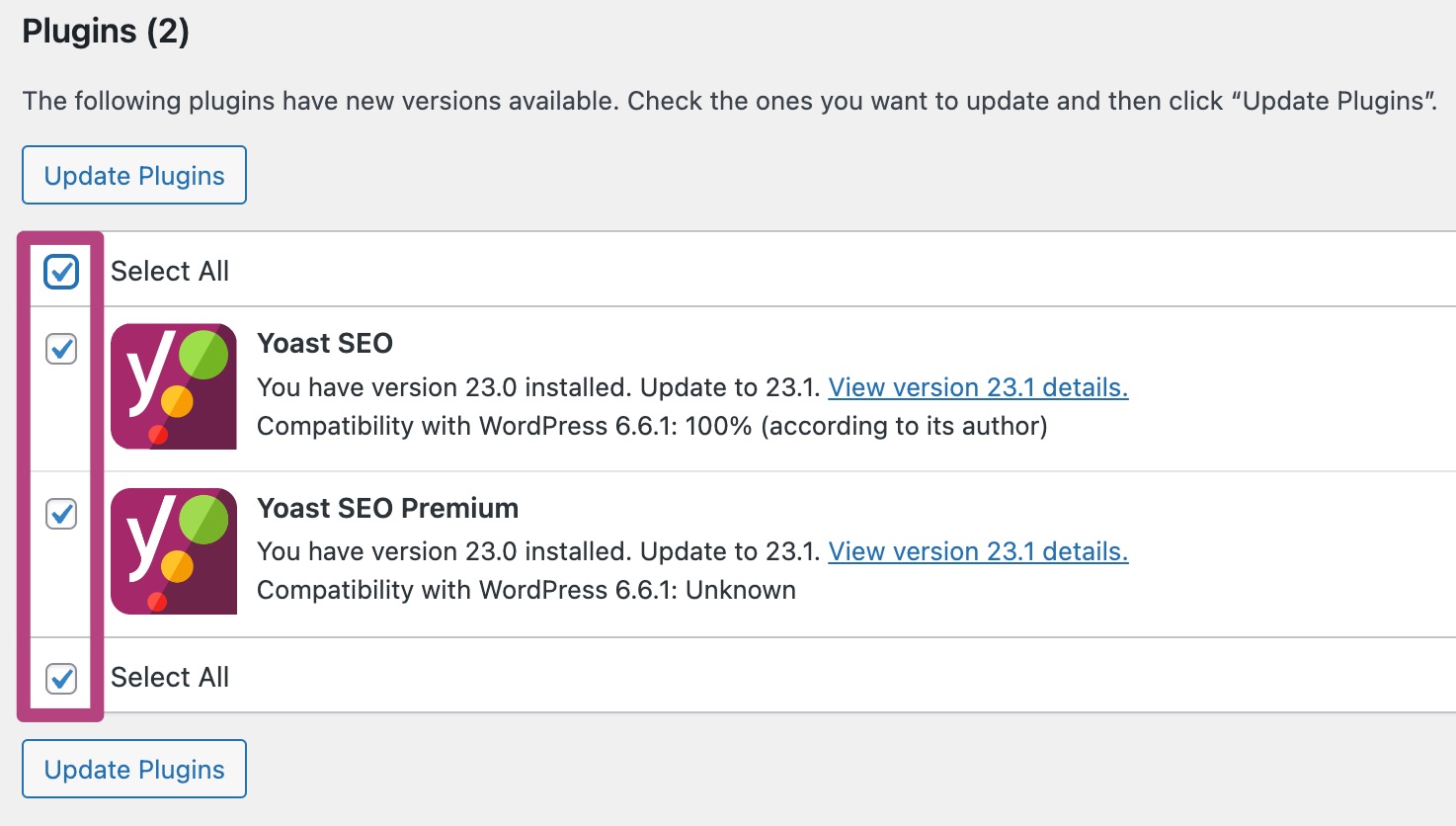
- Click Update Plugins to update your selected plugins
You will now update the plugins that you have selected.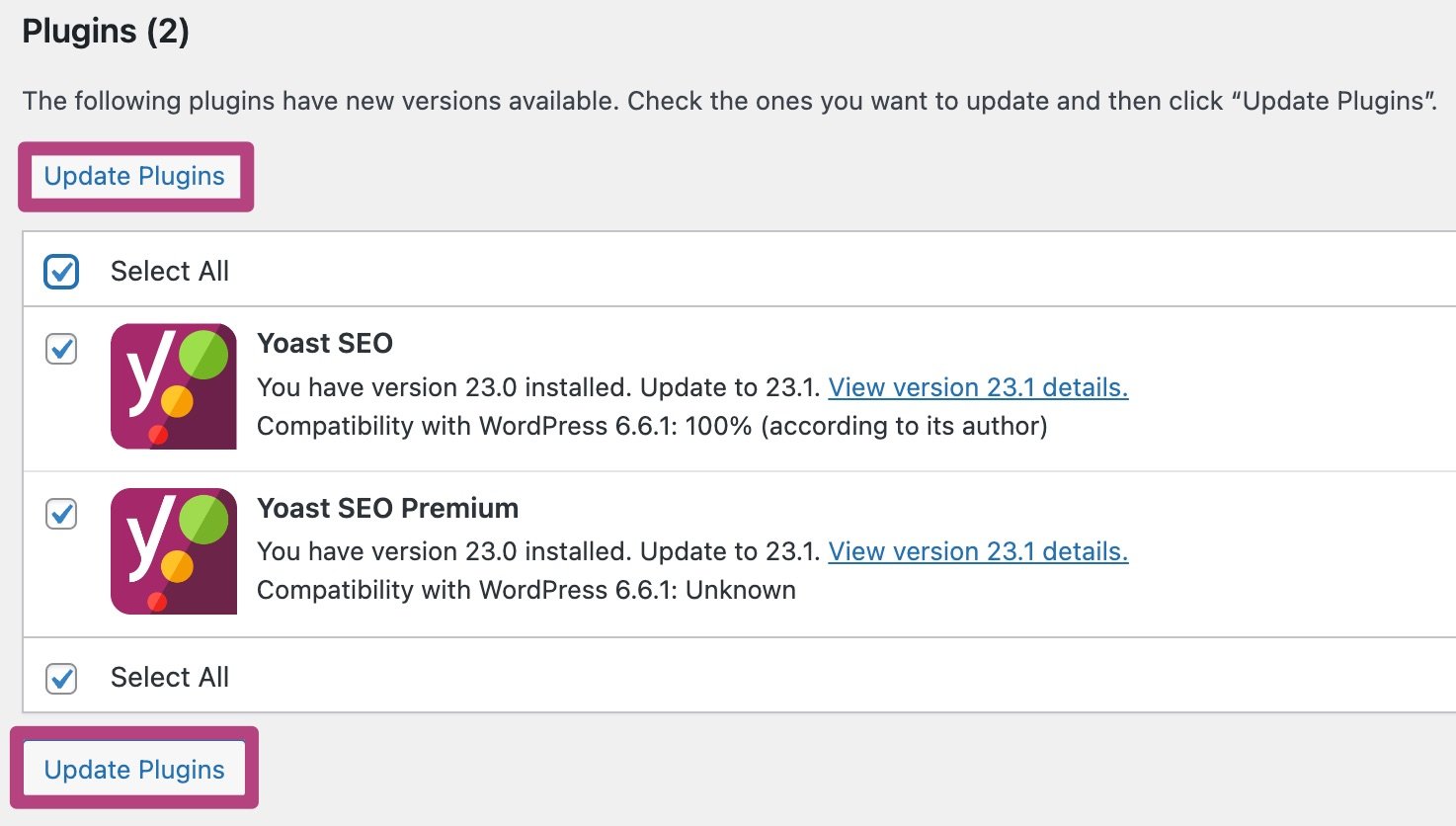
How to manually update the Yoast SEO plugin using FTP
If your WordPress admin doesn’t show the available update (which might happen due to a failure to communicate with a WordPress server) or if the automatic update doesn’t work, you may want to manually update your free plugin by using File Transfer Protocol (FTP) or preferably the secure version, Secure File Transfer Protocol (SFTP). If you are not sure how to do this your host provider may be able to help.
To manually update the plugin, you must have:
- Your FTP or SFTP login information
If you do not have this information, please contact your host provider and obtain your host (or IP address), Username, Password, and Port number. - An FTP or SFTP program
We use and recommend FileZilla but any FTP or SFTP program should work, including file managers provided by most web hosts.
Now that you have fulfilled all the requirements, a manual update consists of downloading, unzipping, and uploading the plugin files. We recommend backing up your site before running updates.
- Download the plugin zip to your computer.
Go to the website of the free plugin, for example Yoast SEO. Download the plugin files and save them to your computer. - Extract the downloaded .zip file.
- Upload the extracted files to your plugins folder
Upload the extracted plugin folder to thewp-content/pluginsfolder in your WordPress directory online. The name of the extracted plugin folder should be equal to the name of the existing plugin-folder online.
NOTE: Make sure you overwrite the existing plugin-files. Doing so is not expected to result in the loss of Yoast data or settings on the site.

